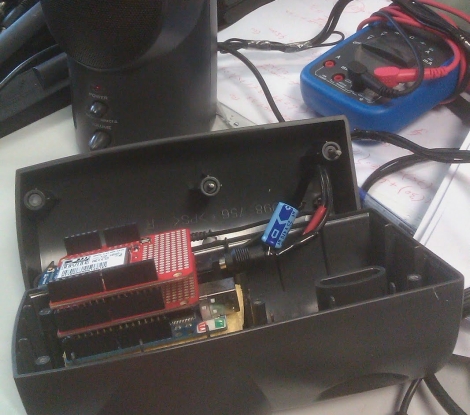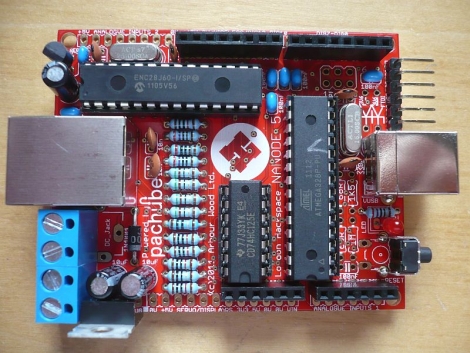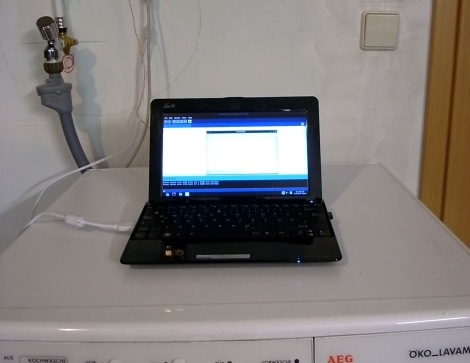
[Rui] needed an easy way to play music in several different zones from one centralized location, but he didn’t want to run any new wiring in the process.
He figured that the best way to do this would be to stream his music directly to his speakers over Ethernet. Earlier this year, he put together a handful of Ethernet-connected speaker nodes using a few Arduinos equipped with both Ethernet and MP3 shields. To interface with these speaker nodes, he wrote an application utilizing VLC’s network streaming engine. This software monitors his network for newly attached speakers, adding them to his inventory automatically. He can choose to play music on any set of speakers using a multicast audio stream.
The setup was pretty slick, but what about locations that didn’t already have Ethernet drops? He thought of that too, revising his design just recently. The newest set of speakers he constructed ditches the Ethernet board for a Wifly shield, all of which he crammed inside the speaker cabinets. Now, he has the ability to stream music anywhere he’d like, no matter what sort of infrastructure is in place.
If you have a need to do this in your home, [Rui] has made his software available for free on his site, so be sure to grab a copy.
Continue reading to see a short video of the speakers in action.
Continue reading “Stream Music Anywhere In Your House With These WiFi Speakers”
















